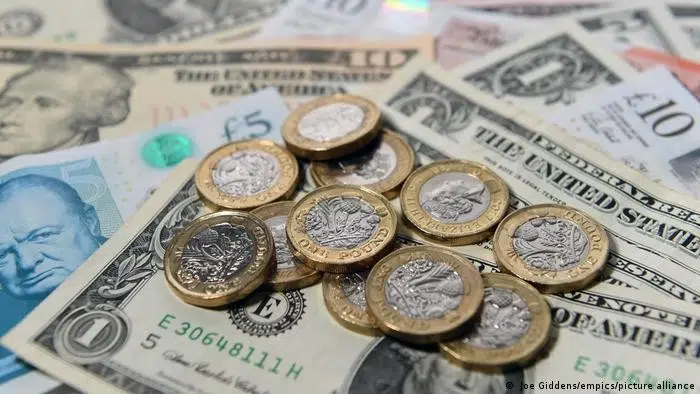The headline Consumer Price Index (CPI) in the UK recorded an annual increase of 3.8% in September, as reported yesterday. This figure came below expectations (4.0%) but was in line with the previous reading. Core CPI, which excludes food and energy, also declined to 3.5%, falling short of both the forecast (3.7%) and the previous reading of 3.6%. This drop in British inflation strengthens the case for a potential interest rate cut by the Bank of England in the coming period, especially considering inflation remains far from the Bank’s 2% target.
The GBP/USD pair hit a low of 1.3306 yesterday, marking its lowest level since October 15, 2025. However, despite the recent dip, the pair is still up by around 6% year-to-date.
At the same time, UK government bond yields (UK Gilts) declined significantly across various maturities following the inflation report, which came in weaker than expected and encouraged investors to move into British bonds. The 2-year yield dropped to 3.739%, its lowest since August 23, 2024, while the 10-year yield fell to 4.370%, the lowest since December 13, 2024.
Additionally, a modest rebound in the U.S. dollar against most major currencies added further downward pressure on the British pound.
From a technical standpoint, if the pivot point at 1.3381 is broken for the GBP/USD pair, it may target support levels at 1.3344, 1.3323, and 1.3286. On the upside, a move above the pivot could lead to resistance levels at 1.3402, 1.3439, and 1.3460.
The Relative Strength Index (RSI) is currently hovering around 43, indicating bearish momentum for the GBP/USD pair. Additionally, a bearish crossover between the MACD line and the signal line further supports the outlook for continued downside pressure on the pair.
Please note that this analysis is provided for informational purposes only and should not be considered as investment advice. All trading involves risk.


